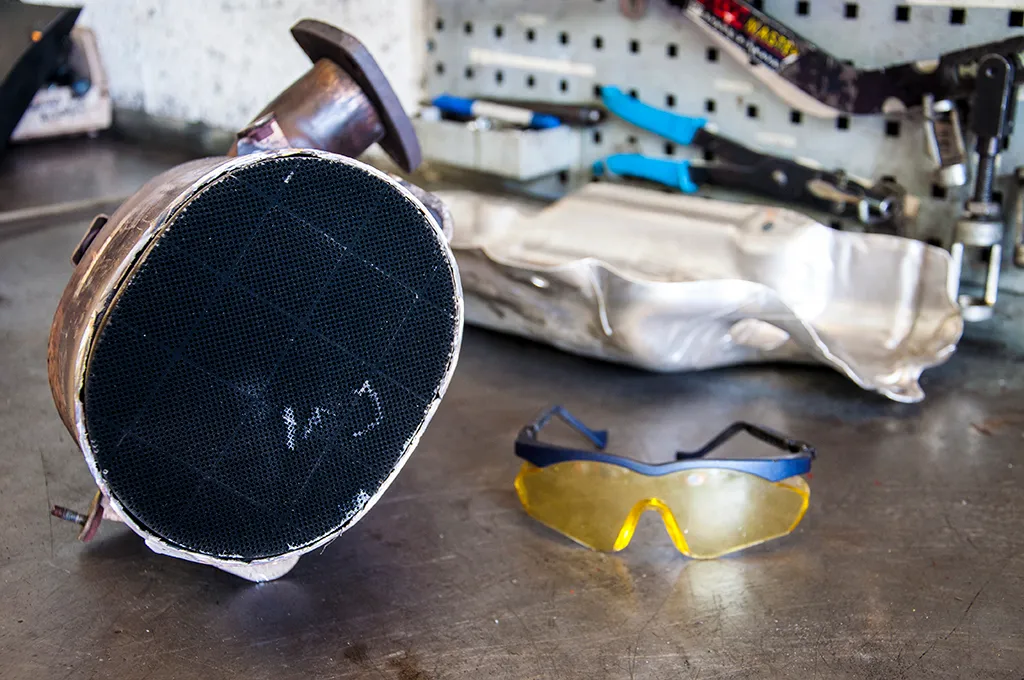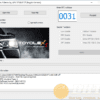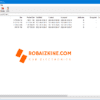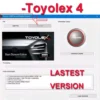Software for DPF and EGR Removal: What You Need to Know Leave a comment
So You Own a Diesel Car?
If you own a diesel car, you may have heard of DPF and EGR systems. These are devices that reduce the emissions of your engine by filtering out the soot and recirculating some of the exhaust gas back into the engine. However, these systems can also cause some problems, such as increased fuel consumption, reduced performance, clogging, and engine damage. Therefore, some car owners may want to remove or disable these systems, either by physically removing the DPF and EGR components, or by modifying the software of the engine control unit (ECU) to bypass them. In this article, we will explain what software for DPF and EGR removal is, how it works, what are the benefits and drawbacks of using it, and where you can find it.

What is Software for DPF and EGR Removal?
Software for DPF and EGR removal is a type of software that can modify the ECU files to deactivate the DPF and EGR functions, without affecting other aspects of the engine operation. ECU is the brain of your car, and it controls various parameters of your engine, such as fuel injection, ignition timing, turbo boost, etc. By using software for DPF and EGR removal, you can tell the ECU to ignore the signals from the DPF and EGR sensors, and to stop the regeneration and recirculation processes.This way, you can avoid the problems caused by these systems, and improve the performance and fuel efficiency of your engine.
How Does Software for DPF and EGR Removal Work?
Software for DPF and EGR removal works by modifying the ECU files, which are the data stored in the memory of the ECU. These files contain the maps and values that determine how the ECU controls the engine. To modify the ECU files, you need to use a special device that can read and write the ECU memory, such as Fgtech Galletto, KESS V2, K-tag Master, MPPS, CMD, KT200, FoxFlash, PCMTuner, etc. These devices are also known as ecu tuning and remapping tools, and they can connect to the ECU via the OBD port, the BDM port, or the boot mode. Once you have read the ECU files, you can use software for DPF and EGR removal to modify them. The software will scan the files and detect the DPF and EGR parameters, and then change them to disable the DPF and EGR functions. After that, you can write the modified files back to the ECU memory, and the ECU will apply the changes.
What are the Benefits of Using Software for DPF and EGR Removal?
The main benefit of using software for DPF and EGR removal is that you can improve the performance and fuel efficiency of your diesel engine. By disabling the DPF and EGR systems, you can reduce the back pressure and the intake temperature, which can increase the power and torque of your engine. You can also prevent the clogging and damage of the DPF and EGR components, which can save you the cost and hassle of replacing them. Moreover, you can avoid the regeneration and recirculation processes, which can consume more fuel and reduce the engine lifespan. Another benefit of using software for DPF and EGR removal is that you can support various ECU brands and models, such as Bosch, Siemens, Denso, Visteon, Delphi, Marelli, Transtron, etc. You can also remove other parameters, such as DTC (Diagnostic Trouble Codes), FLAPS, TVA (Throttle Valve Actuator), AdBlue, SCR (Selective Catalytic Reduction), IMMO (Immobilizer), Speed Limiter, TVA (Throttle Valve Actuator), MAF (Mass Air Flow), Lambda/O2, etc. You can also provide tuning options, such as Stage 1 tuning (power increasing by 15-20%), mappack for WinOLS (maps for tuning only), etc. Furthermore, you can use software for DPF and EGR removal that is easy to install and activate, and that can work online or offline, depending on the version.
What are the Drawbacks of Using Software for DPF and EGR Removal?
The main draback of using software for DPF and EGR removal is that it is not legal in some countries, and it may void the warranty of your car or cause environmental issues. By disabling the DPF and EGR systems, you can increase the emissions of your engine, which can violate the emission standards and regulations of your country. You can also fail the emission tests or inspections, which can result in fines or penalties. Moreover, you can void the warranty of your car or the insurance policy, which can affect your rights and obligations as a car owner. Therefore, you should be careful and responsible when using software for DPF and EGR removal, and check the legal status and consequences of doing so in your country.
Where Can You Find Software for DPF and EGR Removal?
If you are interested in using software for DPF and EGR removal, you can find it online from various websites and platforms. Some examples of software for DPF and EGR removal are Swiftec, Professional ADS DPF+EGR REMOVER, and Davinci remover. These software are developed by professionals and experts in the field of car electronics and diagnostics, and they offer high-quality and reliable products and services. You can buy these software from their official websites, or from other authorized dealers or resellers. You can also download these software from some online forums or groups, where you can find other users and enthusiasts who share their experiences and feedback. However, you should be careful and cautious when downloading software from unknown or untrusted sources,as they may contain viruses or malware that can harm your computer or your car.
| Software for DPF and EGR removal | Benefits | Drawbacks | |
|---|---|---|---|
| A type of software that can modify the ECU files to deactivate the DPF and EGR systems | – Can improve the performance and fuel efficiency of diesel engines
– Can prevent clogging and damage of DPF and EGR components – Can support various ECU brands and models – Can remove other parameters and provide tuning options |
– Not legal in some countries
– May void the warranty – Can cause environmental issues |
Example of using Davinci DPF software to remove DPF function from Audi A3 1.6 TDI:





